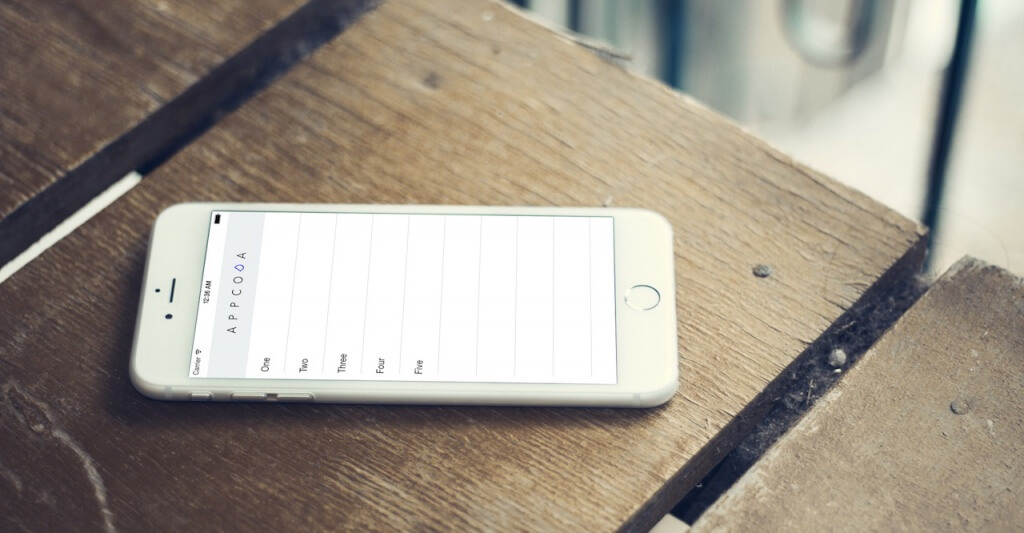In a world that there are extremely so many mobile applications, there is no doubt that it’s tremendously difficult to create new ones that will attract users’ attention and will make their way among all others up to the top successfully. Definitely, one could say that a secret ingredient that turns simple apps to outstanding apps is the customization touches that development teams (developers and designers) apply to small details that usually most programmers don’t deal with. One of them, as you assume from the tutorial’s title, is the pull-to-refresh control, and through this post I am about to show you the way to override its default appearance.
As you know, the pull-to-refresh control is the activity view indicator (often along with some short message) that appears on top of a tableview when data loading is in progress, and the tableview’s contents have not been refreshed yet. Actually, the pull-to-refresh control is something like a “Please, wait…” message shown to the users while they’re awaiting for new content to be fetched and displayed. The most well-known app that uses it is the Mail, where by dragging towards bottom the emails tableview leads to refreshing them. The debut of that control was made in iOS 6, and since then it has been used thousand times in countless applications.

If you have ever desired to use the pull-to-refresh control in any of your apps and you’ve searched around for information on how to do that, then you’ve definitely come across to the Simon’s tutorial that perfectly explains all you need to know. In this post we are going to see another aspect of the pull-to-refresh though; how to create a custom one, so you can apply a different style to this small but important detail that will attach a different perspective to your apps.
So, finishing this quick prelude, in the next few parts you are going to see a technique that enables you to add any custom content and animation you want so you can “replace” the default pull-to-refresh control. Note that what you will see next is just to demonstrate the logic you should follow; the actual custom content it totally up to you, or more precisely, is up to your imagination. Let’s get started, and in a pretty short amount of time you’ll be able to create custom pull-to-refresh content!